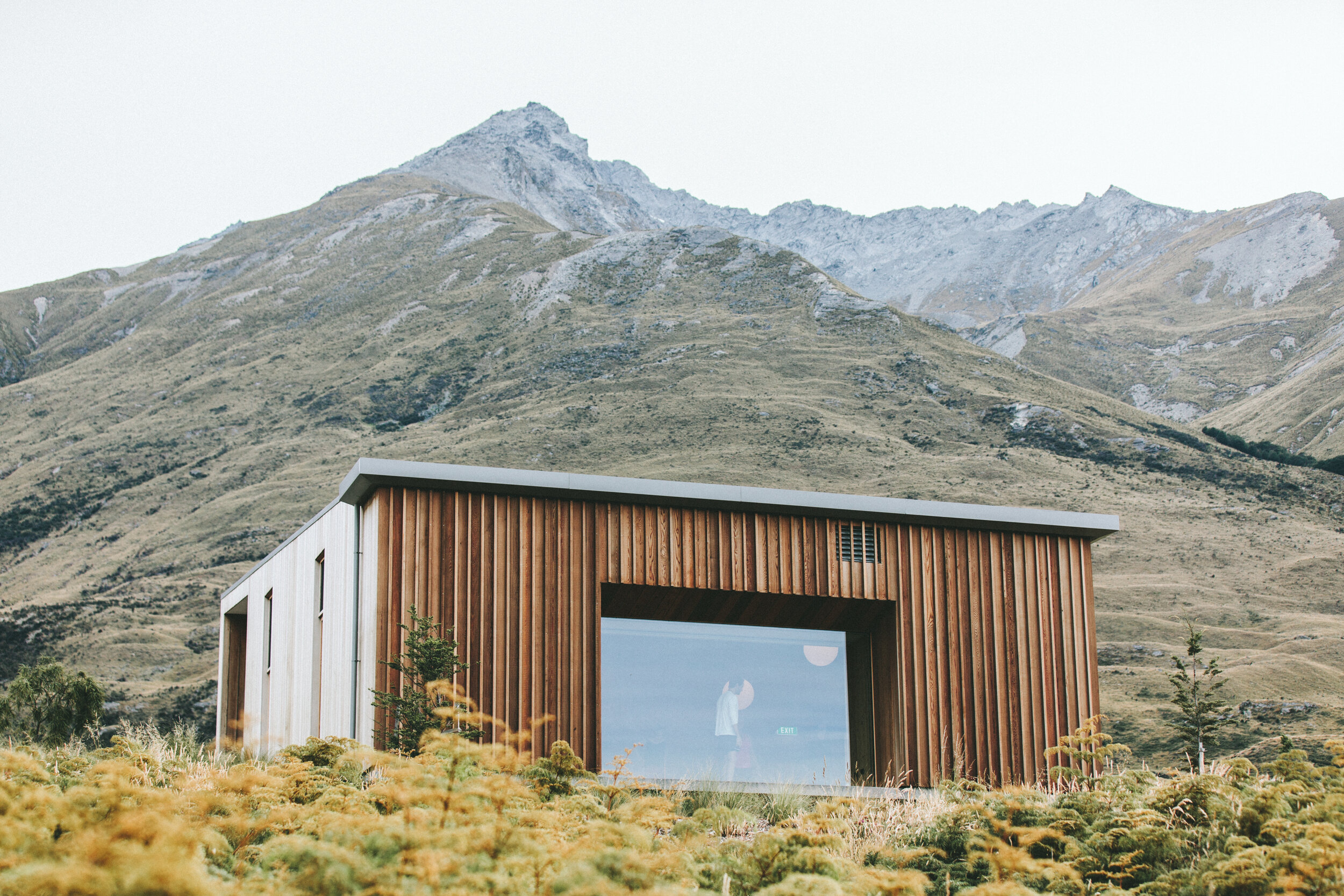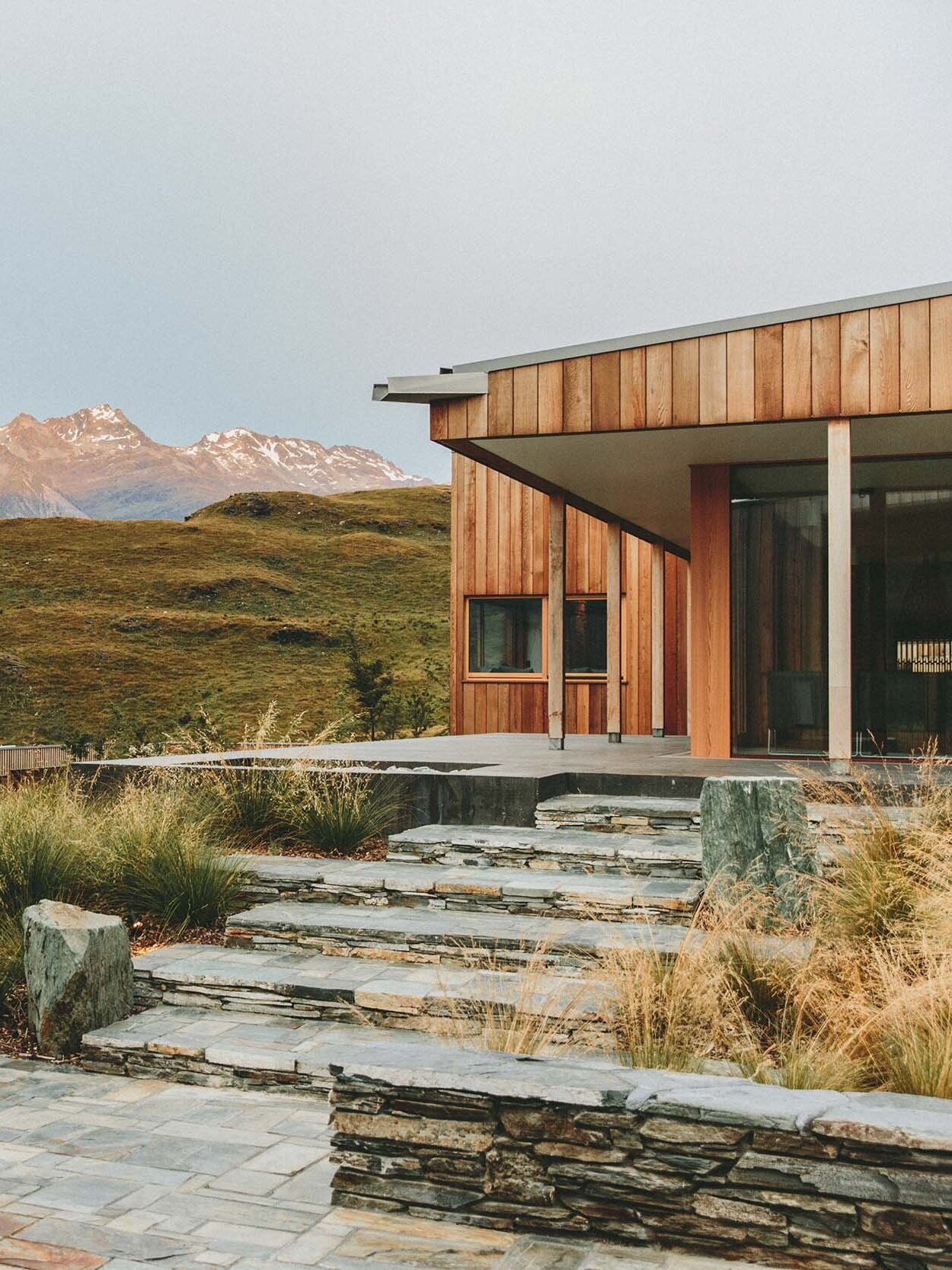Telia Play
Product Designer
All about polish
- from Figma to production
As a part of a team with only developers for the following platforms:
• TV: TVOS, Android TV, Smart TV
• Web
• Mobile app: iOS and Android
The UI and UX had fallen behind both in production but also in Figma when it came to file structure, components and more. I came in to support the team with accessibility. But while doing so I identified that this part of the service didn’t follow brand and was lacking UI and UX structure. I started to identify what needed to get done and in what order to pitch why this polish work was needed.
The approach on where to start
-

1. Analyze the Figma file and components
What should we know about the services you provide? Better descriptions result in more sales.
-

2. Audit all platforms
The navigation pattern etc
-

Understand techinal complexities
What should we know about the services you provide? Better descriptions result in more sales.
-

Create a prio list with PO + assesment
What should we know about the services you provide? Better descriptions result in more sales.
-

Info icon
One goal with the app was to decrease the amount of onboarding time per new workers. An info icon was added with “how to’s”
-

Consistent placement of menu
With so many steps in the process. A consistent menu was needed - for when things go wrong and the user needs to undo or redo.
-

Active screens
With a hand held scanner, the user should scan in goods to register in the app. Whenever a user reached that step - they could see an animation to signalate “possible to scan”
-

Highlight value objects
“VV” stands for value and we wanted the users to be extra cautious and see it right away. I decided to enhance it with color but also change the type-weight to secure for people with color blindness.
-

Step 1 - Conduct Audits
This is an example of an A/B test where clarity was weighted against how fast the workflow could be. A focused on a clear and recognizable menu option where the use reported per item.
-

Step 2 - Understand technical complexities
In this B version. We focused more on efficiency in case there was a need to report several items. The user leaves the items unconfirmed and proceed with pressing the main button to trigger bottomsheet.
-

Step 1 - Conduct Audits
This is an example of an A/B test where clarity was weighted against how fast the workflow could be. A focused on a clear and recognizable menu option where the use reported per item.
-

Step 2 - Understand technical complexities
In this B version. We focused more on efficiency in case there was a need to report several items. The user leaves the items unconfirmed and proceed with pressing the main button to trigger bottomsheet.
Additional markets
Along the way, it was decided that the Norwegian market which previously had its own design system and features should be included in the design. Norway had slightly different needs due to already established user patterns and country-specific laws. This affected the process in the way that the components needed to be optimized for this. We did not want to clutter the library with more components. Rather enhance and rebuild the ones we did have already.
The Finnish market should also be included with similar needs as Norway. For both markets, the users can record live TV content and after choose to download it.
